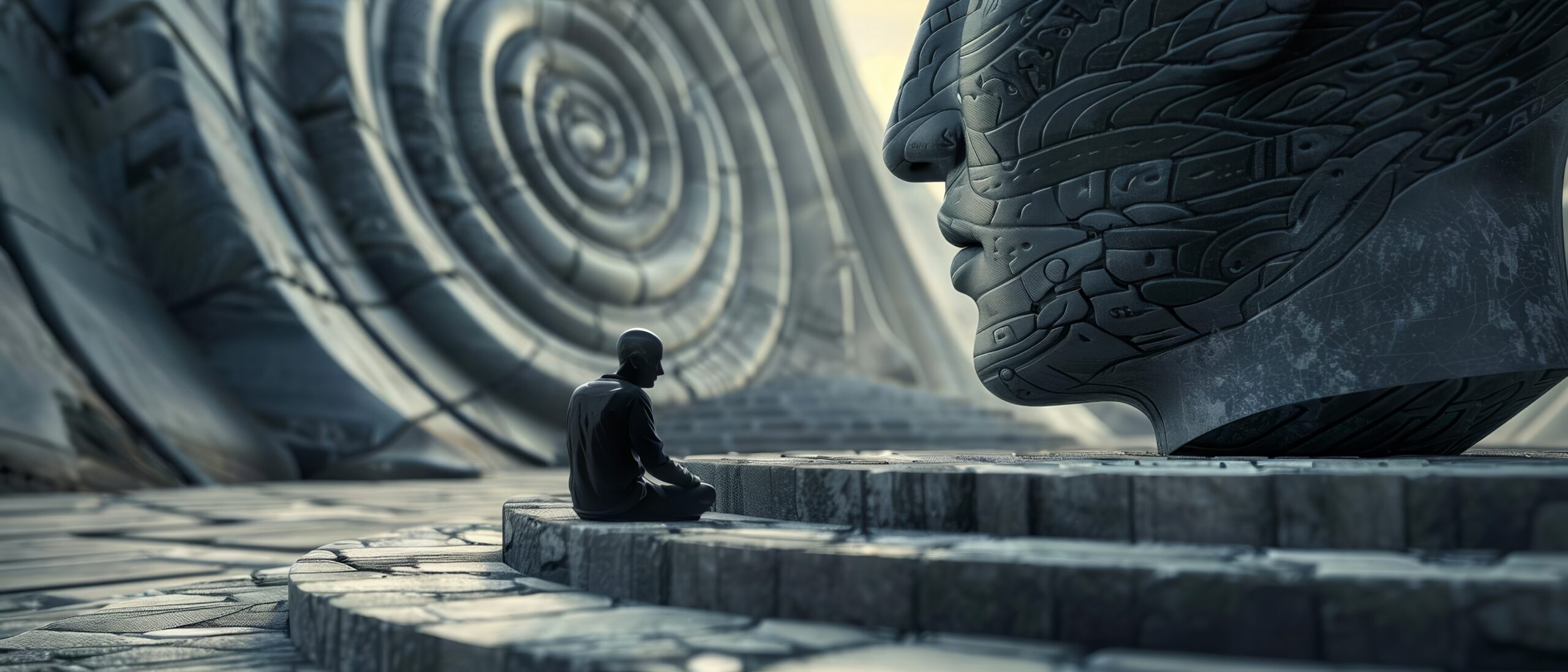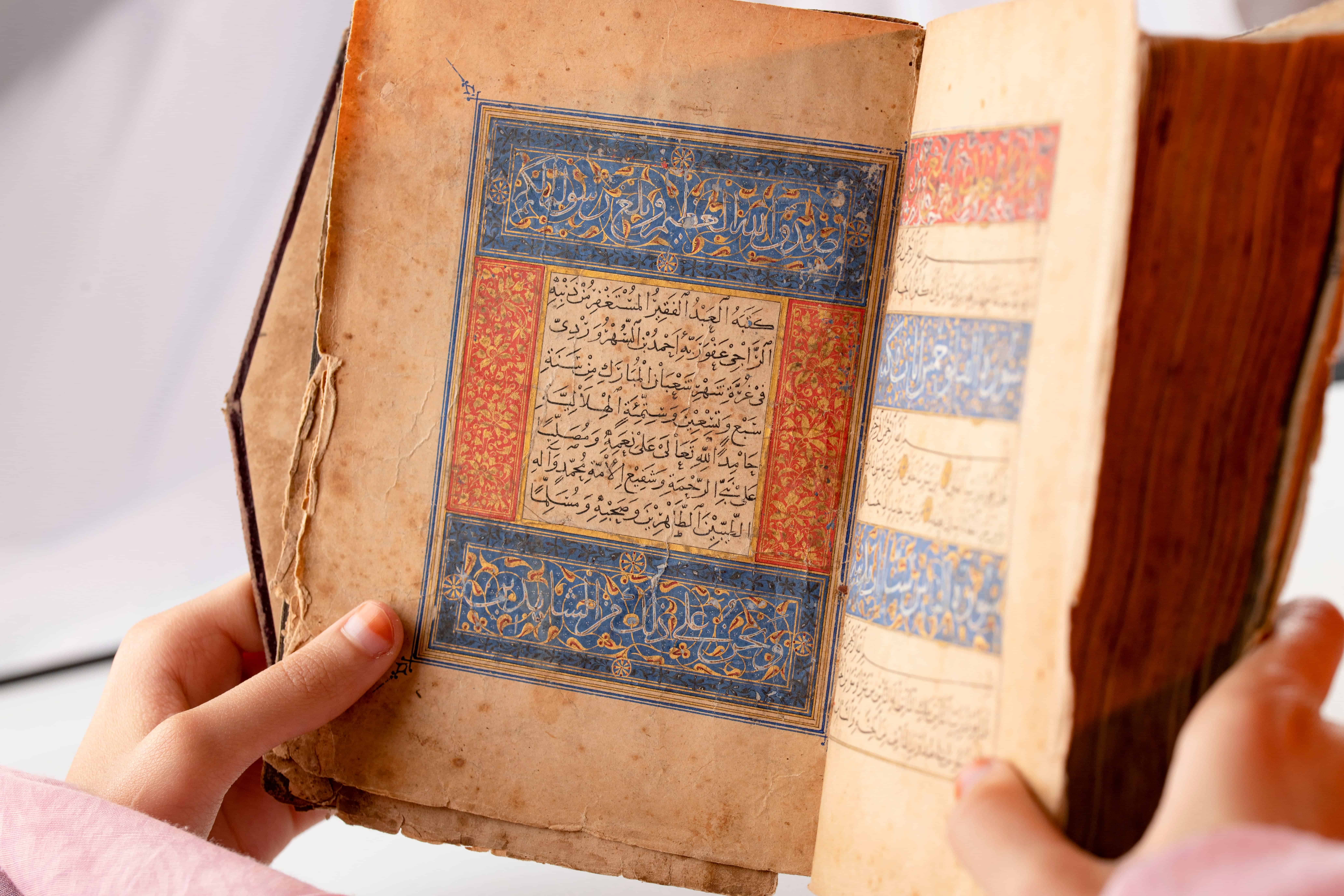This chapter explores the fundamental principles of critical theory and how to read theoretical texts. Critical theory refers to systemic ways to think about arts and culture.
Intro
Critical writing involves analyzing information related to a topic and making logical connections. Evaluate available evidence. Use it to build a thesis which consists of a series of arguments.
There are five types of critical questions you can ask: the hidden questions, keyword questions, larger issue questions, questions that make connections, and questions based on personal experiences
An inclusive vocabulary begins with the act of naming. Naming is a powerful act, and it is preferable to defer to people’s own self-identification rather than label them. Categories can be a double-edged sword.
We can use critical theory to critique works of art through the lens of social justice. Fiction constructs a social space—a space for socialization and discussion of social justice issues—where the characters’ and audiences’ universes intersect. All works have the potential to be interpreted from the perspective of social reparation.
Close reading is a technique to analyze the structure of a work in order to derive nuanced meanings of a turn of phrase rather than of historical contexts of the piece. It focuses on literary or cinematic techniques. It is a method of literary and cultural criticism.






